What is Chlorophyll?-Composition and Structure
Chlorophyll is a green pigment present in all plants. It is found in the Mesosomes of Cyanobacteria and in the chloroplasts of algae and plants. Chlorophyll is a green pigment that gives plants their color. Chlorophyll is responsible for photosynthesis, where carbon dioxide is converted into glucose. Plants use chlorophyll to capture sunlight and convert it into usable energy.
It absorbs light energy and uses it to produce food. Chlorophyll is responsible for the color of plants and is what gives them their green appearance. There are two types of chlorophyll – red and blue. Red chlorophyll is produced in the leaves and stems of plants while blue chlorophyll is produced only in the roots.
Chlorophyll is a green pigment that gives plants their color. Chlorophyll is responsible for photosynthesis, where carbon dioxide is converted into glucose. Plants use chlorophyll to capture sunlight and convert it into usable energy.
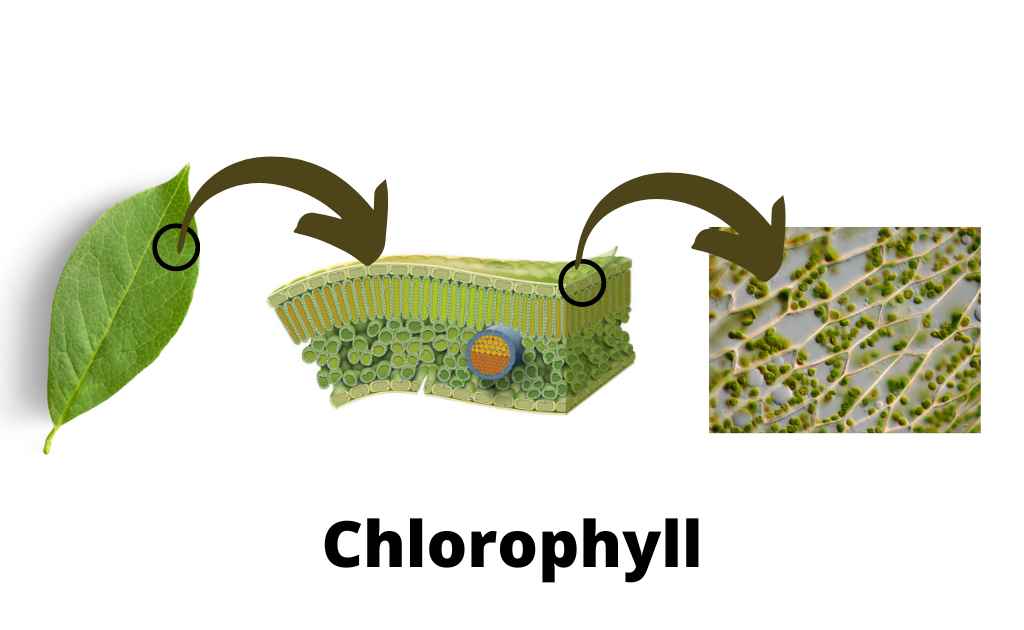
Chlorophyll is a pigment that helps plants capture sunlight and convert it into energy. Chlorophyll is present in green plants and algae. Plants use chlorophyll to produce oxygen and make food.
Chlorophyll is the main component of plant cells. It absorbs light at wavelengths between 400 and 700 nanometers (nm) and converts it into chemical energy. The absorption spectrum of chlorophyll is similar to that of hemoglobin, the protein responsible for carrying oxygen in red blood cells.
Chlorophyll is also known as the “green molecule” because of its color. In addition to being a key ingredient in photosynthesis, chlorophyll has other important functions in plants. For example, it protects against ultraviolet radiation and helps plants regulate their internal temperature.
Discovery of Chlorophyll
Chlorophyll was first found and named by two French scientists, Joseph Bienaimé Caventou and Pierre Joseph Pelletier, in 1817. In 2010, chlorophyll f was found to be present in cyanobacteria and other oxygen-producing microorganisms that build stromatolites.
Types Of Chlorophyll
There are several different types of chlorophyll, each with its own special function. Chlorophyll a and b are the major types found in higher plants and green algae. Chlorophyll c and d are found, often with a, in different algae. Chlorophyll e is a rare type found in some golden algae. And bacterio-chlorophyll occurs in certain bacteria.
Structure Of Chlorophyll
Chlorophyll has a unique structure that makes it very effective at absorbing light. This means that it can capture solar energy from the sun and store it as chemical bonds.
Chlorophyll is composed of two parts: a central magnesium atom surrounded by four pyrrole rings. The magnesium atom is bonded to eight oxygen atoms, which form a ring around it. The pyrrole rings are joined together by methylene groups.
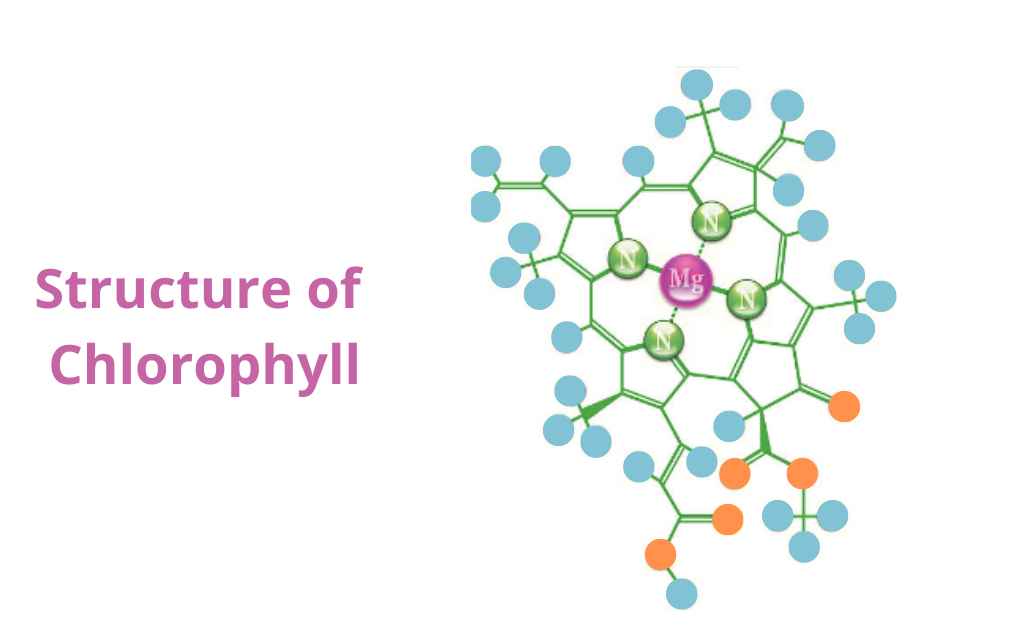
Chlorophyll molecules are made up of a central magnesium atom with a nitrogen-containing porphyrin ring surrounding it. Attached to the ring is a long carbon-hydrogen side chain, called a phytol chain. These variations are due to modifications of certain side groups. Chlorophyll shares a remarkable resemblance in structure to hemoglobin, the oxygen-carrying pigment found in red blood cells of mammals and other vertebrates.
Pyrrole
Pyrrole is a heterocyclic aromatic hydrocarbon. It is a five-membered ring containing one nitrogen atom. Pyrrole is a derivative of benzene and is a constituent of chlorophyll.
Mg+
Mg is a metallic element that occurs naturally in rocks and soils. It is a soft, silver-white metal that is reactive and ductile. Magnesium is the second most abundant mineral in the human body after sodium.
Chlorophyll Quiz
Test your knowledge of Chlorophyll by attempting our 20-mark quiz. However, If you do not know this topic or want to revise it, read our detailed guide on Chlorophyll.
Let us start our quiz on Chlorophyll with answers.

 written by
written by 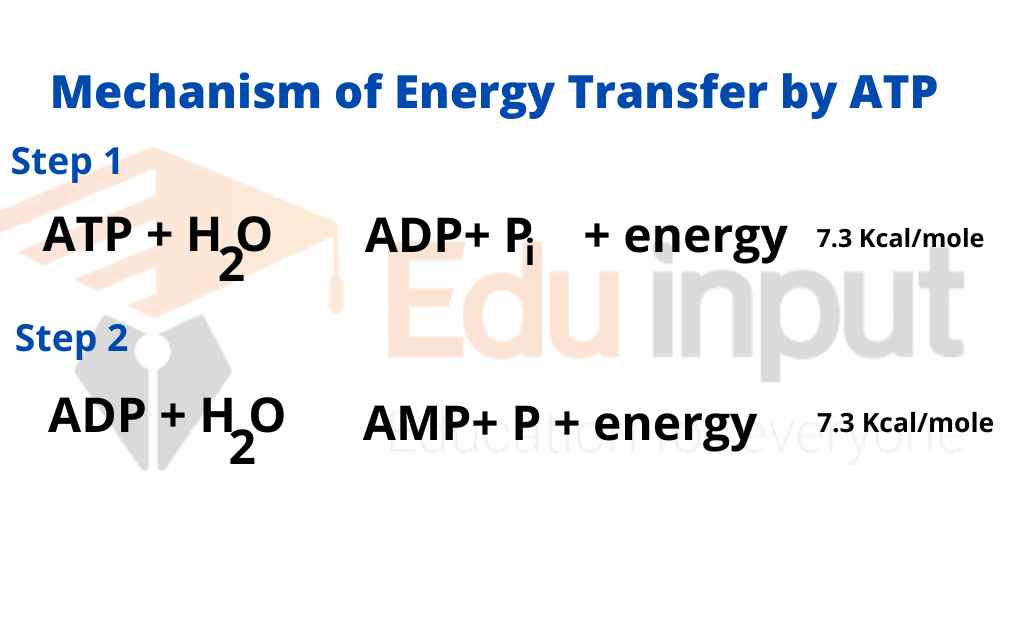
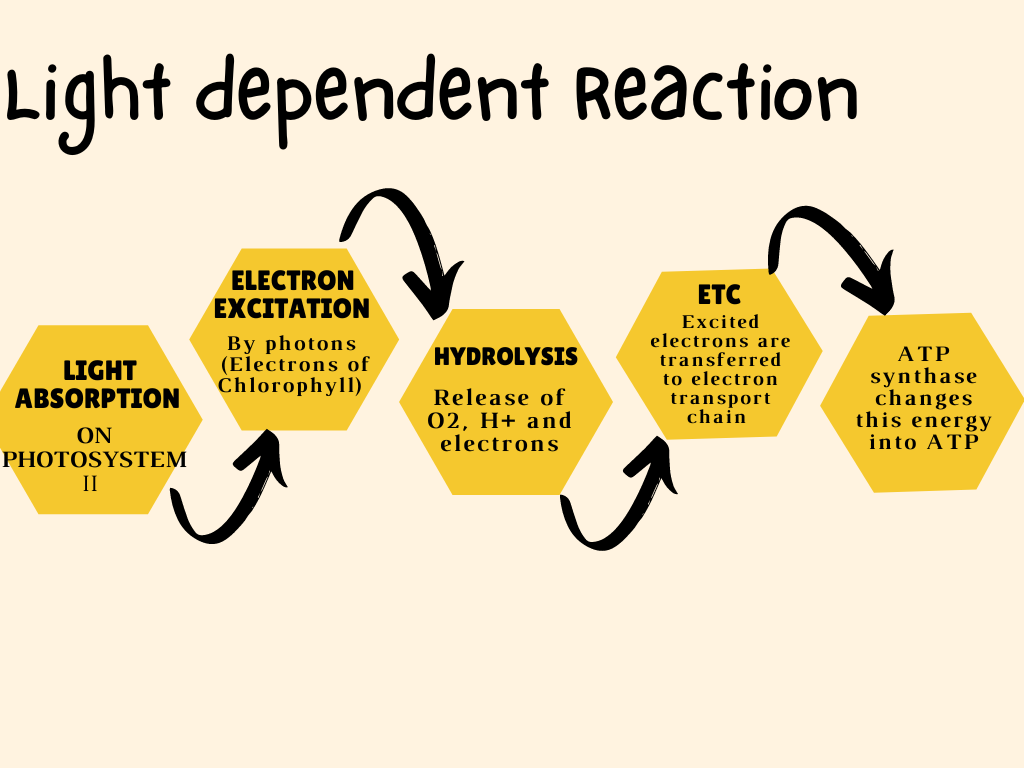
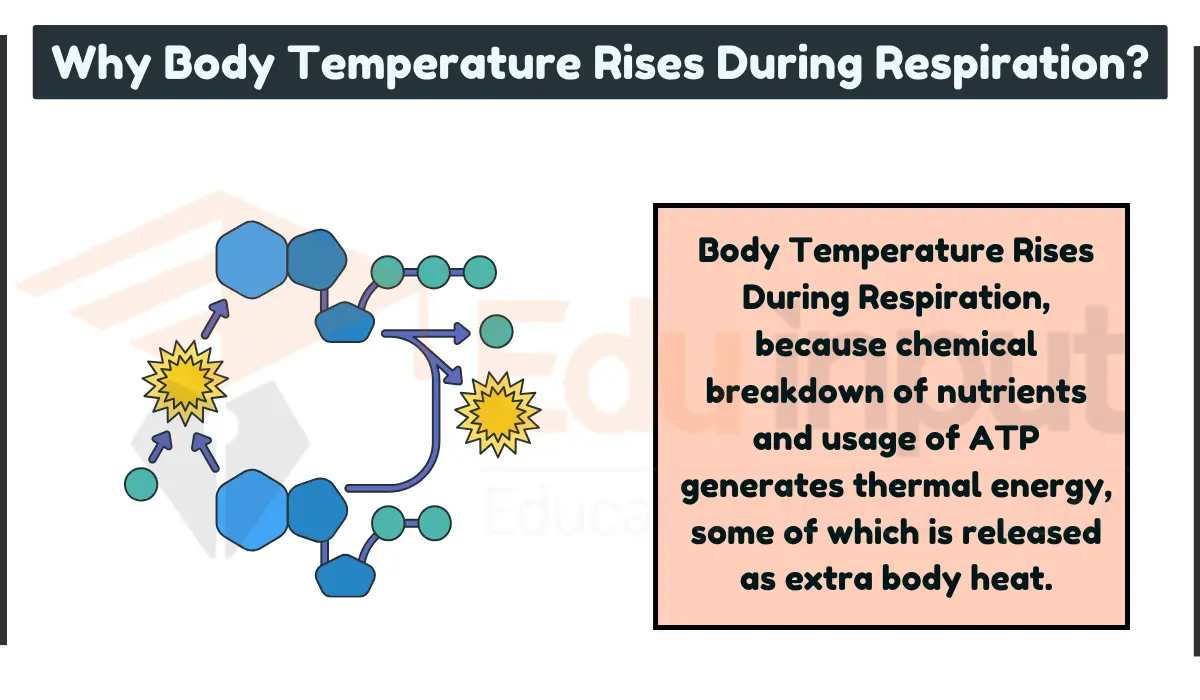
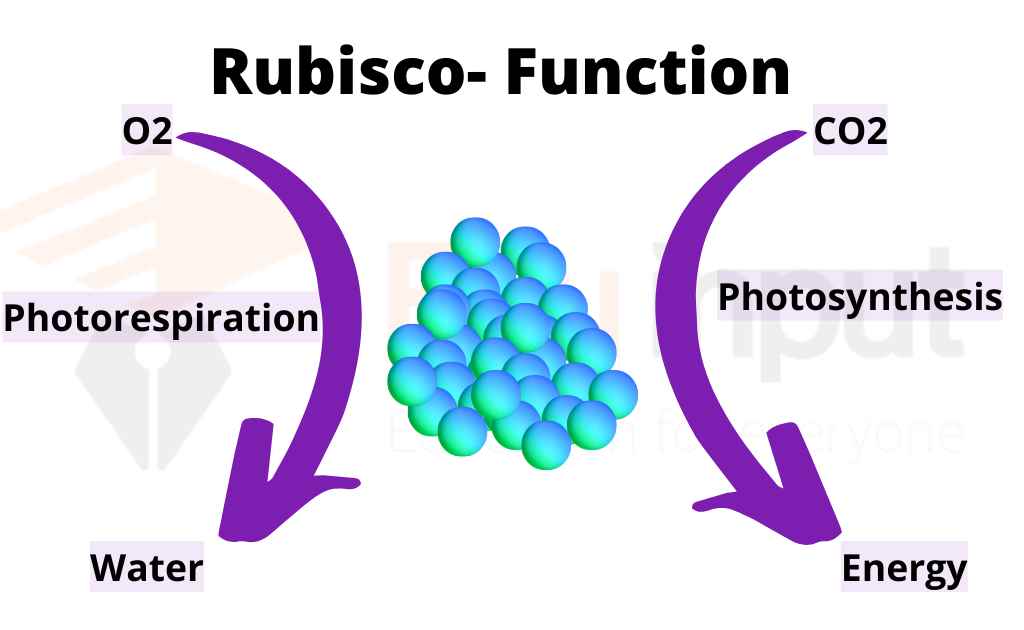


Leave a Reply